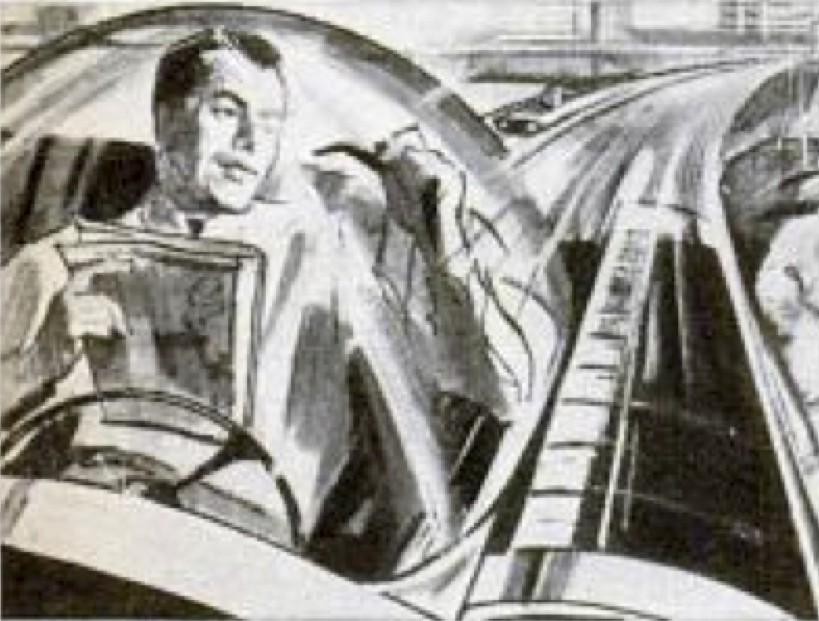Hewden’s “2045: Constructing the Future” report predicts driverless EVs omnipresent within 30 years. If that transition actually materializes, it’s a positive in most ways, most importantly in an environmental sense. Another prognostication which doesn’t sound as good anticipates buildings being constructed sans windows, utilizing augmented reality to make up for the lack. Yikes.
Two excerpts:
TRANSPORT WILL BE ELECTRIC AND DRIVE ITSELF
Self-driving cars and trucks will be ubiquitous by 2045, almost entirely fleet managed, with private ownership almost non-existent, since there is almost no point in owning one. As well as greatly reducing cost, pollution, congestion and accidents, it also means that roads will need far less street furniture, signs, bus stops or taxi ranks. Self-driving cars will be able to drive very close to each other, sideways as well as front to back, so if size can be standardised, and there is a huge incentive to do so, then there will be more lanes and more in each lane, up to 15 times more ‘pods’ than cars today. They could share energy supplies too, one accelerating powered by one braking, so their environmental impact will be low and people will be able to travel more with less impact. Road surfaces will include inductive electrics to power and even propel self-driving cars and pods, reducing their need for bulky, heavy and expensive batteries, thereby reducing cost and size.
Although most will still use wheels, in some special high-impact status areas, some vehicles might even levitate on magnetic cushions, but this will require part-metal road surfaces. Pods will not crash so with their reduced batteries and external power sources, can be made of lightweight materials and almost all of their volume used for occupant comfort or goods carrying capacity.
_________________________
NO WINDOWS, LOWER COST, NICER APPEARANCE
Thanks to widespread use of augmented reality and virtual architecture, many buildings will not have windows, but have a very simple planar surface instead. Even so, these could make liberal use of displays or projection to make them attractive even without AR. This could be a very cheap and fast way of constructing cheap residential accommodation.•

